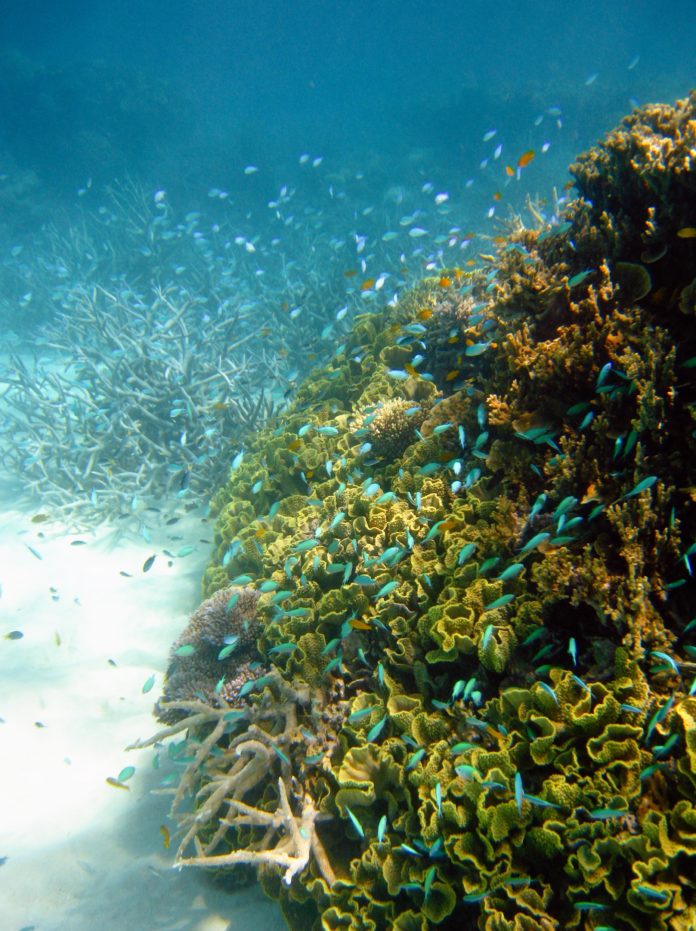About the Great Barrier Reef
The Great Barrier Reef is the most magnificent natural wonder of Australia located just off the coast of Queensland, in the Coral Sea. It is the largest collection of coral reefs in the world and a favorite spot for oceanographers, geologists and even tourists. No wonder it is considered one of the Seven Wonders of the World.
Circumstances behind the alarming state of the Great Coral Reef
In the recently published paper ‘Global Warming and Recurrent Mass Bleaching of Corals,’ forty-six scientists denote that the Great Barrier Reef, like most other coral reefs in the world’s oceans, is under an imminent threat of destruction due to a global rise in temperatures.
A coral reef is a collection of living organisms and these organisms, like all animate creatures, require certain conditions to thrive. These small organisms are called polyps. The polyps are comparable to tiny farmers working on a farm, the farm being the limestone base of the reef. These ‘farmers’ ‘harvest’ produce that in this instance are diminutive plants called algae. The algae, once obtained from the sea water, utilize sunlight to provide food for the polyps and in this way, the algae and polyps co-exist in a symbiotic relationship.
If sea temperatures rise due to global warming, the relationship between the algae and the polyps making up the reef is destroyed. Heat causes the algae to produce toxins, and the polyps reject their plant co-dependents in self-defence. When this occurs, the coral reef loses its vibrant colors, turns white and is said to be ‘bleached.’ Continued elevation of underwater temperatures results in the death of the reef. This death is what is happening to the Great Barrier Reef.
“It broke my heart to see so many corals dying on northern reefs on the Great Barrier Reef in 2016,” Terry Hughes, a professor at the James Cook University in Australia and the convener of the National Coral Bleaching Taskforce, said.”With rising temperatures due to global warming, it’s only a matter of time before we see more of these events. The fourth event after only one year would be a major blow to the reef.” The events he mentions are the mass bleaching occurrences on the reef that happened in 1998, 2002 and 2016. Currently, some sections of the Great Barrier Reef are up to eighty-seven percent bleached, an alarming figure.
What can be done about it?
According to Hughes, reducing the amount of fishing being done along the coast and banning the construction of ports near the reef to maintain the quality of water are only mild solutions to the current reef crisis. “On the remote northern Great Barrier Reef, hundreds of individual reefs were severely bleached in 2016 regardless of whether they were zoned as no-entry, no-fishing, or open to fishing, and irrespective of inshore–offshore differences in water quality.”
He says that to conserve the reef and allows for the reef to recover, the Australian government must reduce any activities that increase underwater temperatures. He gave the example of ceasing coal export by sea, saying that this would help control “not only the carbon emissions from the coal but also from dredging and marine traffic through the reef. Hughes, however, said this is not the answer to the reef problem either. “You have to address climate change directly.”




